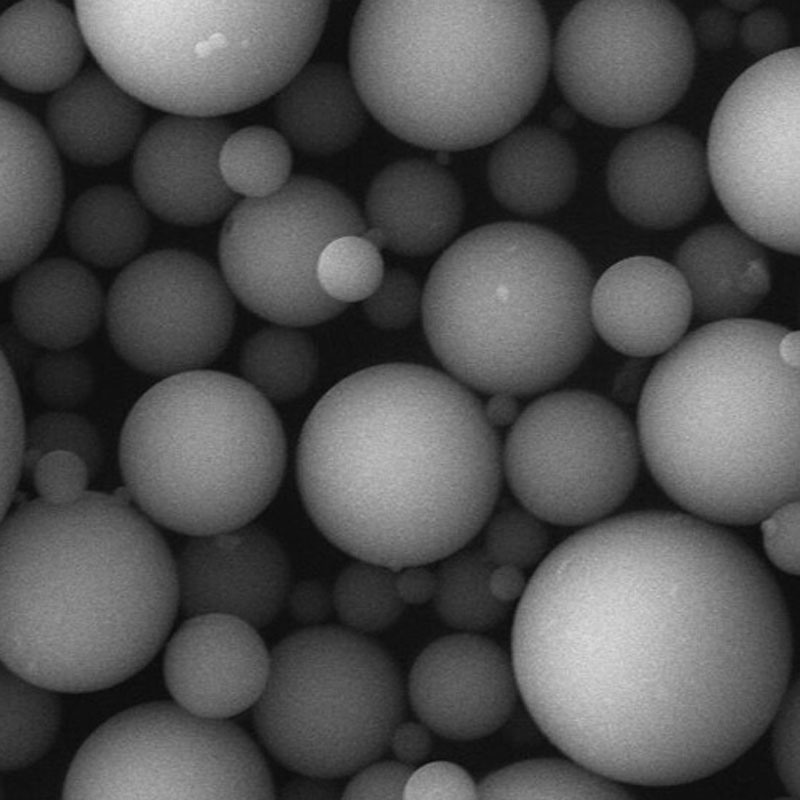High-purity, low-radioactive spherical silica powder production technology

Spherical silicon powder is widely used in integrated circuit packaging due to its excellent fluidity and low thermal expansion coefficient. With the development of large-scale and ultra-large-scale integrated circuit packaging technology, in order to avoid soft errors in semiconductor devices, radioactive elements are obtained. In particular, the high-purity and low-radioactive spherical silica micropowder with uranium (U) content (mass fraction) less than 1×10-9 has become a research hotspot in recent years.
First, the uranium (U6+) element in the ultrafine silicon powder is dispersed in the acidic slurry, and then the SiO2 aerogel and honeycomb ceramic composite mesoporous adsorption device is used to adsorb it to complete the material selection and purification, so that the ultrafine silicon powder The total content of uranium (U) element is reduced to below 1×10-9, and high-purity and low-radioactive spherical silica powder is finally obtained by flame melting method and non-polluting post-processing technology. The mesoporous adsorption device can be easily and quickly separated from the slurry after the adsorption is completed, and can realize recycling and large-scale amplification; and the obtained samples have the characteristics of high sphericity and controllable particle size distribution, and at the same time, the application performance such as fluidity performance good.
1. Selection and purification of microsilica
The first step is to pre-treat the uranium (U)-containing silicon micropowder
The second step is to prepare a mesoporous adsorption device
The third step, adsorption and purification
In the experiment, ordinary silicon powder with a uranium (U) content of 9.7×10-9 was selected for purification. If only deionized water was used to purify the ultra-fine silicon powder, the uranium (U) element content in the material was only from 9.7×10-9 It is reduced to 9.0×10-9; when the ultrafine silicon powder is dispersed with a solution of pH≤4.5, the uranium (U) element content in the purified silicon powder can be reduced to 7.3×10-9.
However, due to the failure to remove the hexavalent uranium element dispersed in the acid slurry, the uranium element is re-adsorbed on the surface of the silicon micropowder particles during the sedimentation and drying process, which reduces the purification effect. uranium element. After using the mesoporous adsorption device, the hexavalent uranium (U6+) element dispersed in the slurry could be effectively adsorbed by the SiO2-based aerogel and decreased gradually with the increase of adsorption times. After three purification and separation experiments, The uranium (U) element content can be reduced to 6×10-10. This shows that when the purity of the material cannot meet the requirements for the direct production of high-purity and low-radioactive spherical silica powder, the uranium content can also be reduced by using the selective purification technology. The experimental results also show that the uranium in the silicon micropowder can be effectively separated by acid washing, and the separated uranium can be efficiently adsorbed by the mesoporous adsorption material. Based on this process technology, subsequent batch production can be carried out.
2. Spheroidization and particle size distribution design
First, add zirconia ceramic protection to the surface of all parts that the ultrafine silicon powder may come into contact with in the subsequent process to ensure that the uranium (U) element will not be introduced in the subsequent process to cause secondary pollution, and then put the ultrafine silicon powder into the In the spheroidizing furnace, through the temperature field (1800 ~ 2200 ℃), the air flow field (with oxygen as the carrier gas and oxidant, natural gas as the gas, the ratio of the flow rate of the gas and the oxidant is 1.05) and the material flow (50 ~ 500kg/ h) The control of spheroidization is carried out, and the ultra-fine silicon powder stays in the temperature field for 0.1-3s under a certain air pressure. The spheroidized products are subjected to particle size classification and compounding, and the corresponding particle size distribution is designed according to different packaging requirements.
The production process reduces the excessive dependence on high-purity raw materials for the production of high-purity and low-radioactive spherical silica micropowder to a certain extent.
